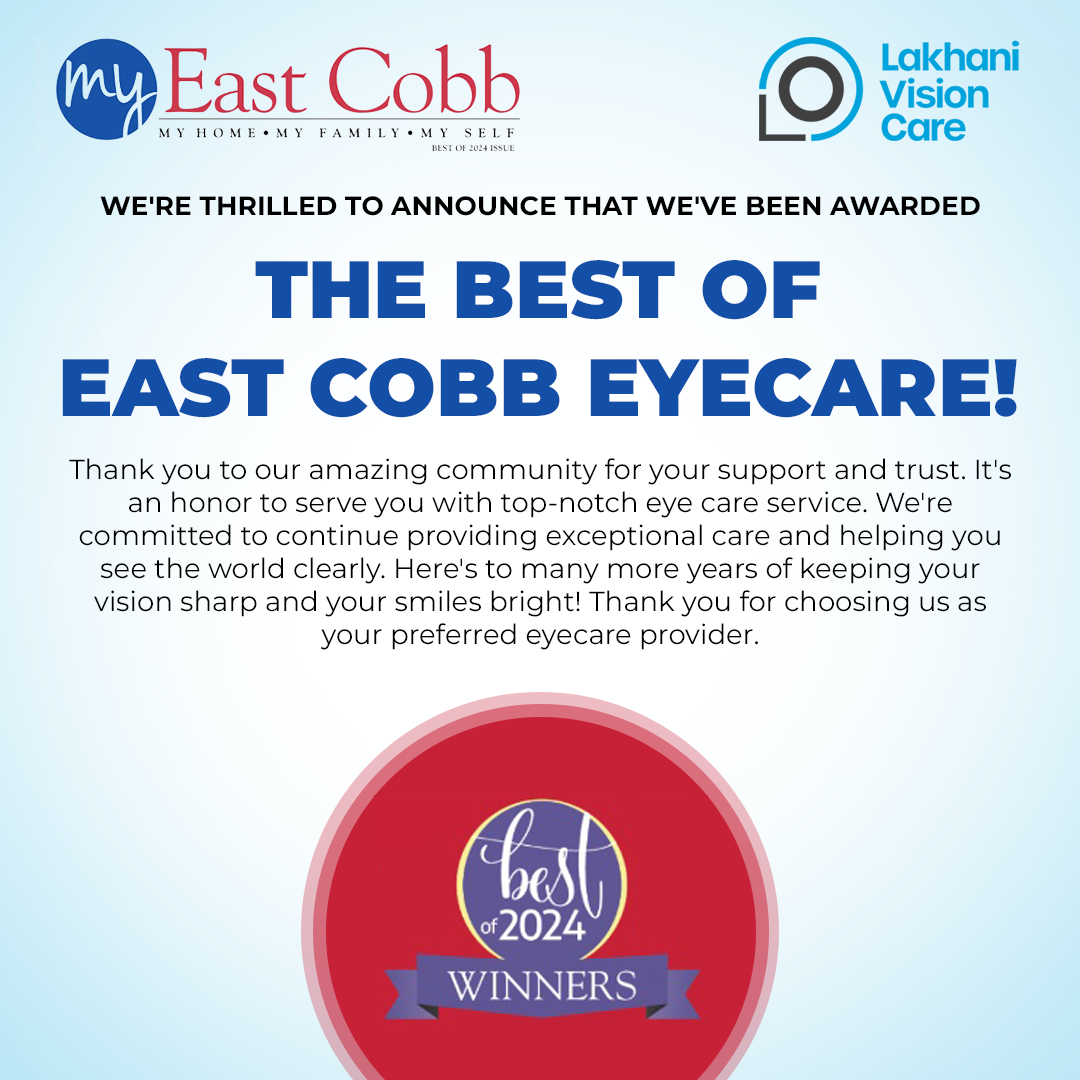
Dry eye is a common and often chronic condition that affects millions of people worldwide. It occurs when your eyes don't produce enough tears or when the tears evaporate too quickly, leaving your eyes feeling dry, irritated, and uncomfortable. The causes of dry eye can be varied, ranging from age-related changes, environmental factors, certain medical conditions, and even certain medications.
Symptoms of Dry Eye
Some of the most common symptoms of dry eye include:
· Burning, stinging, or scratchy sensation in the eyes
· Redness and inflammation
· Sensitivity to light
· Blurred vision
· Excessive tearing
· Difficulty wearing contact lenses
Understanding the underlying causes and symptoms of your dry eye is the first step in finding the right treatment plan to manage your condition effectively.
The Impact of Dry Eye on Daily Life
Dry eye can have a significant impact on your daily life, affecting your ability to perform even the most basic tasks. Simple activities like reading, using a computer, or driving can become challenging and uncomfortable. The discomfort and visual disturbances associated with dry eye can also lead to fatigue, headaches, and difficulty concentrating.
In severe cases, dry eye can even affect your quality of life, making it difficult to engage in hobbies, social activities, or even work. The constant need to use eye drops or other treatments can also be time-consuming and disruptive to your daily routine.
Addressing dry eye is essential not only for your eye health but also for your overall well-being and quality of life. By understanding the impact of this condition and seeking appropriate treatment, you can take steps to regain control and improve your daily functioning.
Is Dry Eye Curable?
Dry eye is not always curable, but it can be effectively managed. Dry eye is often a chronic condition that requires ongoing treatment and management, but the good news is that there are various treatment options available that can help alleviate the symptoms and improve your overall eye health.
While there is no one-size-fits-all cure for dry eye, the goal of treatment is to address the underlying causes of your condition and provide relief from the uncomfortable symptoms. In some cases, the condition may be resolved or its progression slowed down, but in many cases, it will require long-term management and a combination of treatment approaches.
It's important to work closely with your eye care professional to develop a personalized treatment plan that takes into account the specific factors contributing to your dry eye. With the right approach, you can find ways to effectively manage your condition and improve your quality of life.
Treatment Options for Managing Dry Eye
There are several treatment options available for managing dry eye, and the most appropriate approach will depend on the underlying cause and severity of your condition. Some common treatment options include:
• Artificial Tears and Prescription Eye Drops: Over-the-counter eye drops and lubricants can help provide temporary relief by replenishing the tear film and reducing symptoms. Prescription eye drops may be recommended for more severe cases, as they can help address specific underlying causes.
• Warm Compresses and Eyelid Hygiene: Applying warm compresses to the eyes can help stimulate tear production and improve the quality of the tear film. Eyelid hygiene, such as using lid scrubs or specialized wipes, can help remove debris and improve the function of the meibomian glands.
• Nutritional Supplements: Omega-3 fatty acids and other nutritional supplements may help reduce inflammation and improve tear production.
• Prescription Medications: In some cases, prescription medications like anti-inflammatory drugs or cyclosporine may be used to address the underlying causes of dry eye.
• Specialized Treatments: Procedures like punctal plugs, which block the tear ducts to retain more tears, or intense pulsed light therapy, which can improve meibomian gland function, may be recommended for more severe cases.
It's important to work closely with your eye doctor to determine the most appropriate treatment plan for your specific needs. They will be able to evaluate the underlying causes of your dry eye and recommend the best course of action to help you manage your symptoms and improve your overall eye health.
Finding the Right Approach for Your Dry Eye Management
Dry eye is a complex and often chronic condition, but with the right approach, it can be effectively managed. By understanding the causes and symptoms of your dry eye, and exploring the various treatment options available, you can take steps to alleviate your discomfort and improve your quality of life.
If you're struggling with persistent dry eye symptoms, schedule an appointment with Lakhani Vision Care. We can help you identify the underlying causes of your condition and develop a comprehensive treatment plan to manage your dry eye and improve your overall eye health. Visit our office in Marietta, Georgia, or call (770) 509-9932 to book an appointment today.











